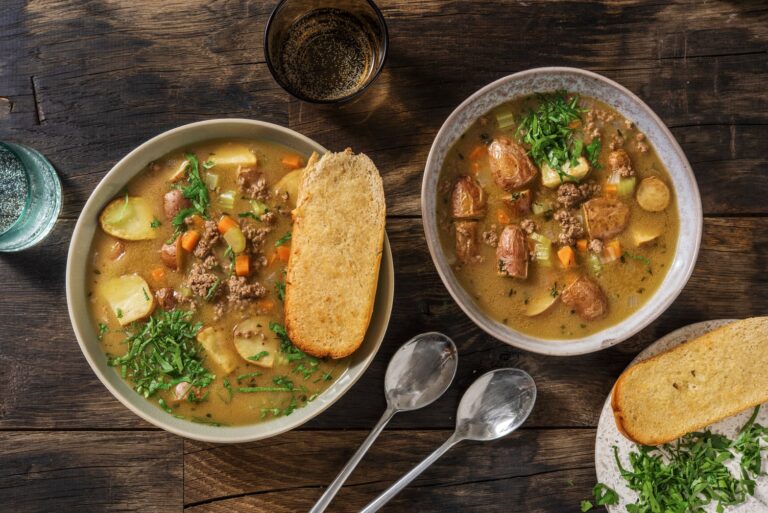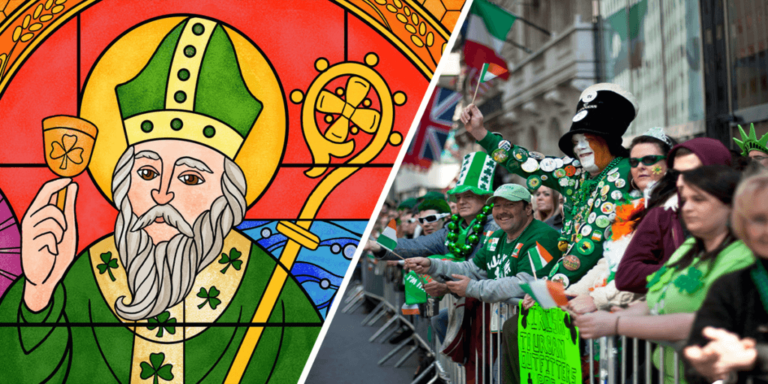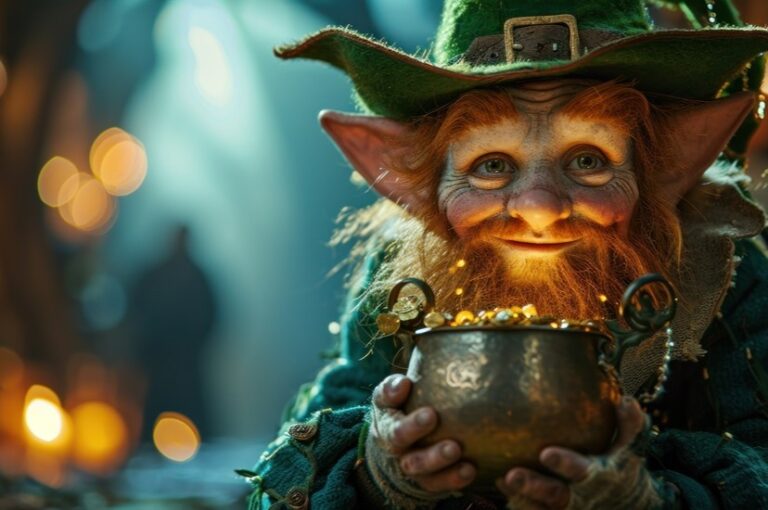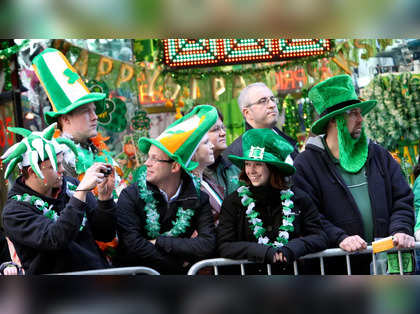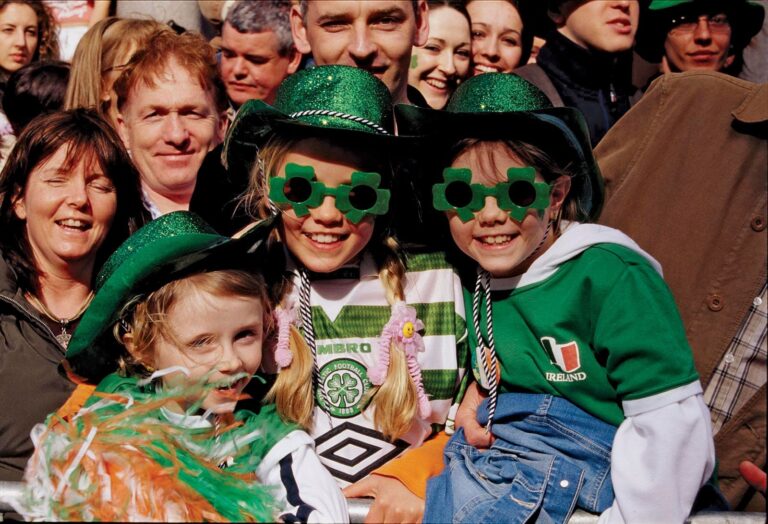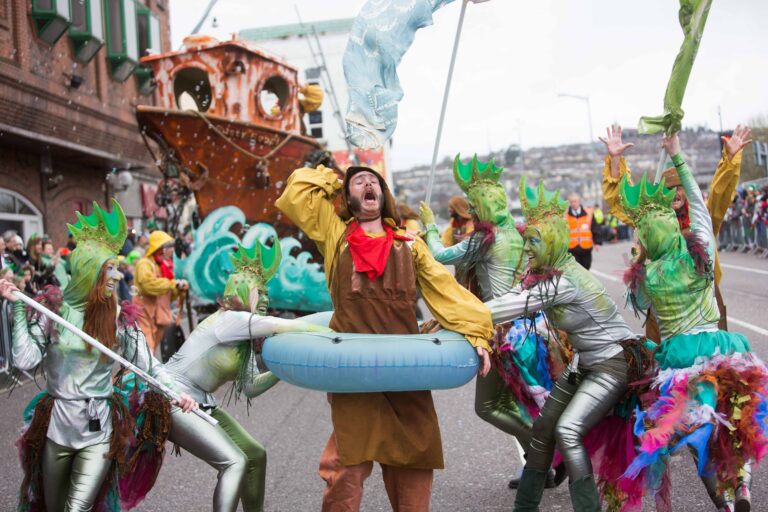Happy new year in irish
The phrase “happy new year in Irish” brings to mind the rich cultural tapestry of Ireland, characterized by its language, traditions, and warm, vibrant spirit. The Irish new year is celebrated with enthusiasm, marking a time of renewal and reflection. In this article, we will delve into various aspects of celebrating the New Year in Ireland, focusing on traditions, customs, folklore, and the significance of wishing someone a happy new year in Irish.
The Irish Language and Its Significance
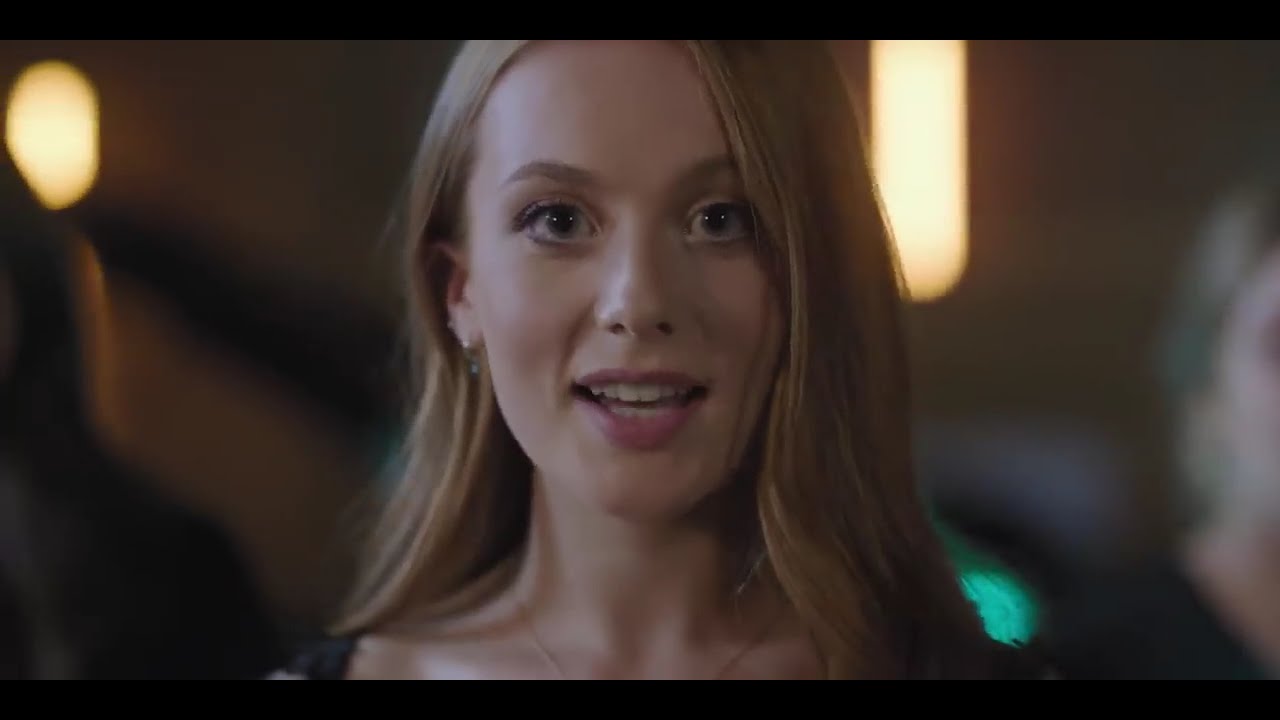
The Irish language holds a special place in the hearts of those who cherish their heritage. Understanding how to express “happy new year in Irish” goes beyond mere translation; it connects us to a unique culture.
The Essence of Irish Culture
Irish culture has deep roots in language, music, and art. Each facet tells a story, from classic ballads echoing the struggles and victories of the past to contemporary works that innovate and inspire. Language, especially, facilitates bonding and preservation of identity, making phrases like “Athbhliain faoi shéan is faoi shonas” (Happy New Year) cherished amongst speakers.
Communicating Warmth and Joy
When immersing yourself in the Irish language, you realize it communicates warmth and joy. Wishing someone a happy new year in Irish not only celebrates the arrival of a new year but also serves as a gesture of goodwill and connection. The expression embodies the hope for prosperity, happiness, and good health in the months ahead.
Importance of Tradition
While modern conveniences may shape our celebrations, traditional aspects still reign supreme in Irish festive culture. Language plays an integral role in these traditions; the words we use are often steeped in history. Learning such phrases can bridge gaps between generations, allowing stories and feelings to be passed down through tongues.
As we scratch the surface of understanding the Irish language, let us explore its enchanting components further.
Traditions and Celebratory Practices

Diving deeper into celebrations of the New Year in Ireland, you’ll discover a wealth of customs anchored in bringing people together. Some traditions have stood the test of time, while others are evolving in modern contexts.
New Year’s Eve Festivities
New Year’s Eve in Ireland pulsates with energy as cities come alive. The festivities often begin late in the evening when friends and families gather. Celebrations include music, laughter, dancing, and sufficient food—mainstays of Irish hospitality.
Dublin’s city center transforms into a vibrant hub where crowds congregate to witness spectacular fireworks, parades, and live performances.
Lastly, partaking in the local customs—like sharing stories or participating in traditional games—intensifies connections among kin, strengthening community bonds.
Midnight Moments
At midnight, various rituals signify the significance of transitions. Oftentimes, people will take part in the timeless practice of ringing in the new year with glass clinks—a universal signal of camaraderie.
Simultaneously, singing “Auld Lang Syne” has made its way into the Irish heart, weaving another layer into the fabric of celebration. Each verse echoes sentiments of nostalgia, conveying a blend of both goodbyes and welcomes.
In moments of companionship, it’s common to share an authentic craic, stating wishes of peace, prosperity, and above all, joy—making sure everyone feels included as the clock strikes twelve.
First-Footing Traditions
Another compelling custom involves first-footing—a tradition rooted primarily in Scottish culture but present in certain parts of Ireland too. This practice dictates the first person to enter one’s home after midnight should ideally be male and dark-haired, bestowing good luck for the year ahead.
The first-footer often brings gifts—a piece of coal or bread signifies warmth and sustenance, while whiskey symbolizes good cheer and comfort. These tokens serve a practical purpose alongside sentimentality, fostering goodwill within the household.
The Role of Folklore and Stories

Irish folklore melds seamlessly with the celebration of New Year’s Day. It’s woven not just throughout storytelling but influences the values imparted during these joyous occasions.
Legends Shaping Beliefs
Stories about mythical creatures like leprechauns or banshees highlight the way folklore shapes societal norms and beliefs. In terms of a happy new year, legends often emphasize rebirth—be it through tasks the inhabitants must complete or resolutions imbued with moral lessons.
The essence of storytelling traditionally occupies evenings as families recount both historical and fantastical tales. By sharing narratives, they inject wisdom and humor into family gatherings, intertwining them with profound experiences.
Generational Wisdom Passed Down
Each generation embraces the new year uniquely, informed partly by the tales narrated before them. For example, older relatives might encourage younger kin to engage in new endeavors, symbolizing fresh beginnings laden with possibilities.
When people share these tales during holiday sit-downs, it creates space for reflection, allowing family members to rediscover their values amidst the chaos of life.
Modern Literary Expressions
Additionally, contemporary literature encapsulates renewed themes surrounding New Year celebrations. Writers weave poignant messages about endings entwined with hope—a reminder that although things may conclude, light remains at the tunnel’s end.
By reading various accounts and styles, readers find solace in shared human experience. As each new year envelopes itself, audiences around the world resonate with similar feelings of anticipation and trepidation—a testament to the unifying power of a good narrative.
Reflections for the New Year

As we usher in a new year, taking time for personal reflection allows individuals to evaluate growth and set intentions.
Setting Resolutions
Encouraging oneself to welcome change is significant: setting resolutions is a customary way to kickstart the new year. What better activity than engaging in goal-setting that aligns deeply with your aspirations?
Resolutions can vary widely, including embarking on healthier lifestyles, nurturing relationships, or pursuing passion projects.
Identifying your focal points can transform abstract ideas into actionable steps, creating clearer paths to self-improvement.
Mindfulness and Gratitude
Alongside goal-setting, mindfulness nurtures mental well-being as we transition into the New Year. Taking moments to reflect upon achievements in the past year fosters gratitude, allowing one to appreciate experiences, big and small.
Through the acknowledgment of challenges overcome and happy moments relished, individuals can forge more connectedness to themselves and others.
Gathering thoughts leads easily to intention-setting, which takes mindfulness a step further. Aligning newfound focus with affirmations can heighten engagement across all aspects of life, be it personal or professional.
Embracing Change Together
Welcoming change, rather than resisting, encourages solid bonds with loved ones. Sharing aspirations creates opportunities for support systems, as family and friends become acceleration partners on journeys toward improvement.
Each resolution resonates differently, yet what remains unchanged is the strength of communal encouragement achieved through simple expressions of “happy new year in Irish”—An act tethered by history and driven forward by collective progress.
FAQs

What is the Irish phrase for “Happy New Year”?
The Irish phrase for “happy new year” is “Athbhliain faoi shéan is faoi shonas.”
When do Iranians celebrate New Year?
The Irish primarily celebrate New Year on December 31st leading into January 1st. However, some sections observe earlier dates due to different calendrical traditions.
Is there any special food associated with New Year’s celebrations in Ireland?
Traditional foods include ham and cabbage, as well as baked goods. Often, locals indulge in meals that symbolize prosperity, shared among family members.
Are there any specific drinks associated with New Year’s in Ireland?
Whiskey holds a special place in Irish culture, commonly consumed during celebratory times, including New Year’s. Additionally, a toast with champagne is also popular.
How has globalization impacted New Year celebrations in Ireland?
Globalization has merged various cultural influences, inspiring hybrid celebrations juxtaposed with traditional elements, resulting in a diverse spectrum of festivities including parades, concerts, and themed parties.
Conclusion
Celebrating the New Year in Ireland unfolds an array of experiences that embraces history, folklore, and community bonds. The beauty of uttering a simple wish for a “happy new year in Irish” transcends boundaries, tying individuals to a shared past and future.
From heartfelt customs that facilitate unity to explorations of personal growth, every aspect contributes significantly to the charm of ringing in a new year.
As we embrace the unfolding pages of the calendar, may we hold tight to our roots while navigating toward abundance and happiness ahead.

